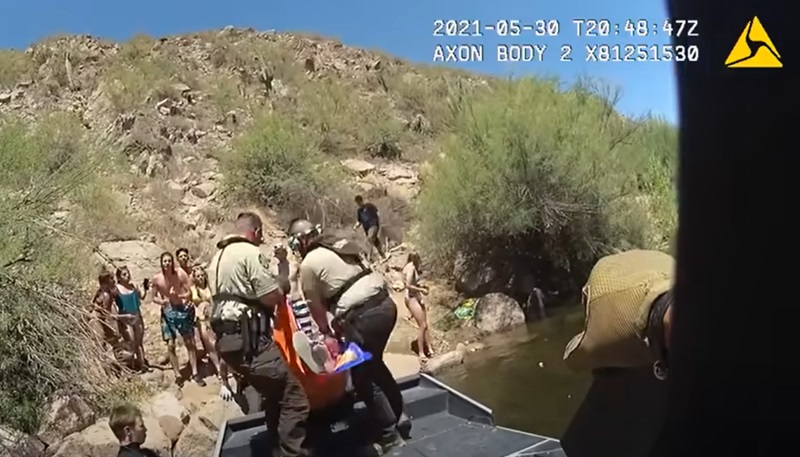
In the mountains, in the forest, or in the water people get lost, injured, or trapped. They need to be found and rescued no matter what their peril. The key to successful search and rescue (SAR) operations is the right combination of personnel, training, and specialized equipment.
Pre-planning for SAR operations can be complex. SARs can cross jurisdictional boundaries, involve the coordination of multiple agencies, and access to special equipment. Since the development of the Federal Emergency Management Agency in 1979, first responders have been guided in their coordination efforts.
Even something as routine as a lost child demands a lot of boots on the ground. Frightened children can become very small and may seek refuge in places that are hard to see. First responders should check the child’s home thoroughly as well as establishing a search grid and boundaries. Missing humans may give off a heat signature that can be detected by hand-held or airborne devices. If tracking dogs are available and a scent can be picked up, these k9s can expedite a search.
Tracking dogs are a specialty of service animals and may not be part of the skill set of regular k9 units. Having pre-existing relationships with corrections agencies can be a good source for finding tracking animals and skilled human trackers as well. Drones are gaining in popularity for SAR operations for spotting locations and potentially even dropping food or first aid supplies to a person awaiting the arrival of a ground team.
Manned aircraft, both fixed-wing and rotary are invaluable for surveying broad areas. Finding a landing zone in mountainous areas can be very challenging and often requires manually carrying a victim, or the use of ATVs to get a victim to a medical helicopter. Winch extractions are another specialty of air rescue choppers. Fixed-winged aircraft may be used to locate a missing person, a helicopter may lower a rescue worker and winch to pluck a victim from an otherwise inaccessible area, then the victim may be transferred to a medical evacuation helicopter or ground ambulance.
Federal or National Guard assets may be requested but must be ordered and available with previous arrangements and agreements.
For mountain rescues, teams with special skills in high-angle rescues, climbing, and rope work are called in. These technical climbers face harrowing environments that rely on practiced skills and teamwork. For rescues on bodies of water, seamanship on a variety of vessels is essential. The U.S. Coast Guard excels in that venue.
Many dedicated SAR team members are volunteer outdoors-oriented persons who use their time and skill to be available to people in crisis. The stress of rescues, attempts, and sometimes body recovery, can take a physical and mental toll. Ad hoc volunteers for a field or forest search must be vetted and properly briefed before forming up for the search. If evidence collection is a goal, they must be instructed to just mark it for pick up by a designated and official collector to maintain its integrity. Searches for persons missing under suspicious circumstances can unwittingly include a suspect or perpetrator in the search party. Just like a hunter who can spot a deer with the flick of an ear or flash of a white tail, searchers must look for small clues and in unlikely spaces.
A central command post is vital to coordinate communication between assisting units. Radio frequencies can differ between police, EMS, fire, and aircraft, so a dedicated central communication post is essential for sharing vital information. Ham radio operators can be of great assistance, especially in disasters where communication infrastructure is compromised. They should be part of emergency planning.
Getting a thumbs up from a survivor or a hug from a found child is all the reward needed for those dedicated professionals and volunteers who come together in the world of SAR.
Make a difference. Support the NPA.